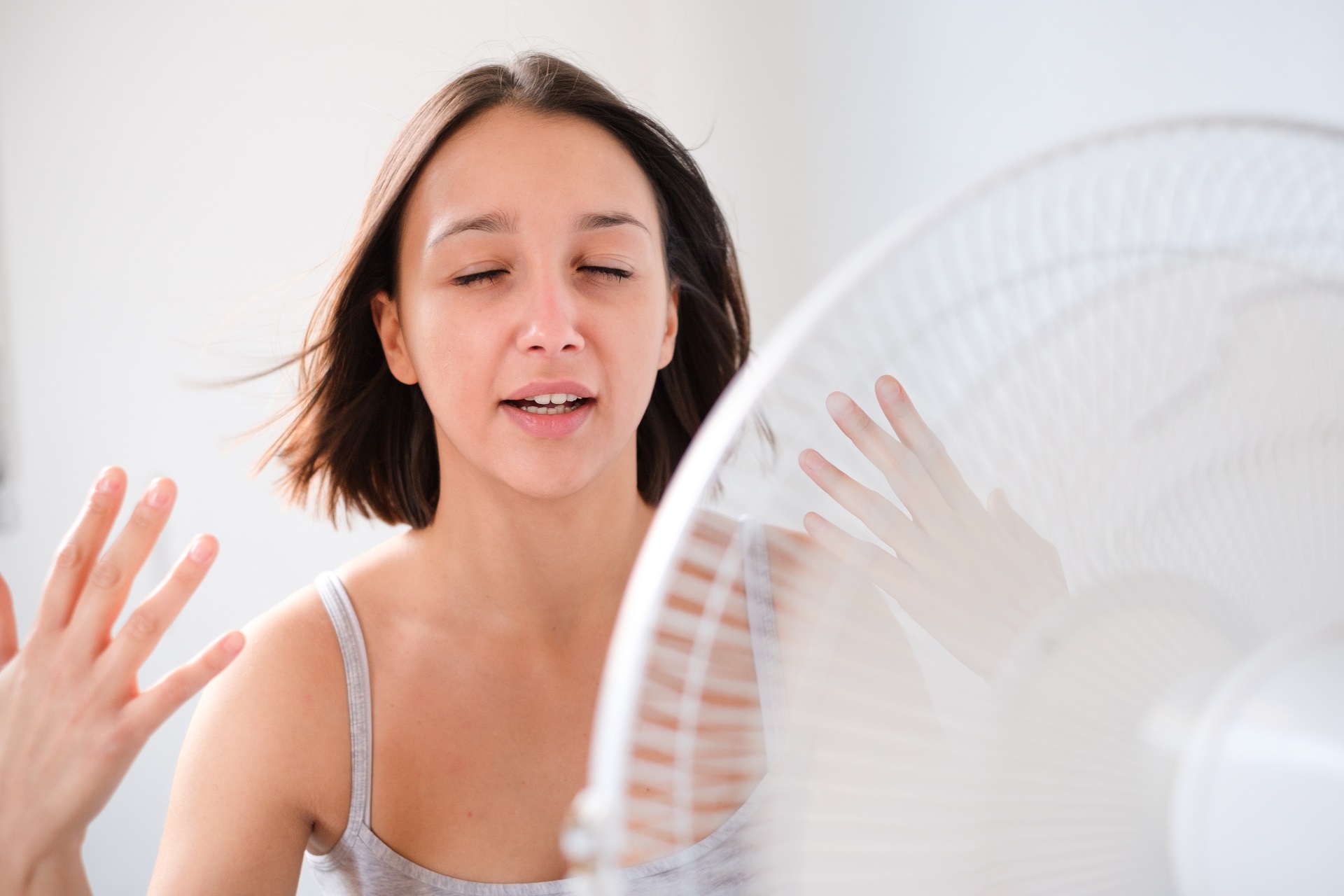As summer temperatures soar in the UK, people are rejoicing at the prospect of wearing shorts to work, or getting out the flip-flops and deck chairs set up outside to maximise our very limited Vitamin-D exposure.
However, summer months can bring harmful complications to homes. Unknown by many, the internal climate within our homes is also rising to steamy new levels and often reaches temperatures which are detrimental to our comfort, living and health.
Zehnder has dedicated time to explore the issues associated with overheating in homes and developing innovative cooling solutions to counter the hazardous effects of overheating. Here are five things that we have learnt about overheating in homes, and five things that you may not have known.
Too much indoor heat impacts health
Overheating of the human body, especially at night, and during sleep, causes several significant health issues which many people are completely unaware of!
Overheating in itself is a contributing factor to ill health, and has been linked to over 2000 deaths per year as it exacerbates the causes of heart attacks, strokes, seizures and asthma attacks to name a few. However, most healthy people are impacted at night due to hyperventilation, leading to excessive sweating and disrupted sleep cycles.
The CIBSE TM59, a design methodology for the assessment of overheating risk in homes, states that bedrooms are overheating when they exceed 28 degrees, the temperature above which sleep patterns are disrupted, for a certain amount of time.

Overheating in homes can lead to serious health risks
UK homes are being designed without summer comfort in mind
Building regulations, which have evolved to ensure that homes are environmentally friendly and efficient, have sought to reduce heat loss in cold weather by setting minimum standards for the thermal envelope. Interestingly, there are also no regulatory design considerations to control overheating in higher temperatures. Health and welfare concerns continue to focus attention on heat retention rather than summertime comfort.
The UK construction industry is focused upon using cost-effective, lightweight material in their construction where construction components or even whole rooms may be created off-site and transported later on in the construction process. Poor off-site design for solar gain and a lack of ventilation solutions is detrimental.
It is hotter at night
Heat comes from multiple sources and temperatures continue to rise at night due to a number of factors. Any thermal mass that has absorbed heat during the day will start to re-radiate heat at night, and unless the warm air is extracted via an effective ventilation system, occupants will be in for an uncomfortable sleep.
This effect is even worse in cities, where the Urban Heat Island (UHI) effect further increases temperatures. A UHI is an urban area that is a lot warmer than the rural areas surrounding it, due to additional sources of heat from cars, buses, trains and from heat radiation from nearby buildings.
Air conditioners are not efficient
Demand for air conditioning units during summer rapidly increases as people seek to cool their homes. According to the International Energy Agency (IEA), it is predicted that the energy consumed by air conditioning units will triple between now and 2050. On average, air conditioning units when fitted consume more than 15% of the home’s electricity bill and only work to cool one single room. This means that to have a comfortable indoor climate during summer, multiple air conditioning units are required. This is an ineffective system. Furthermore, air conditioning units are known to result in ‘air bleed’ issues, where cooled air meant to cool the internal climate actually escapes outside.
All cooling, heating and ventilation solutions can come from one system
Combining ventilation with active cooling can offer a low carbon solution to overheating issues in residential properties and can be designed in conjunction with dynamic thermal modelling.
Using an MVHR (Heat Recovery) system is the basis for providing the most efficient strategy to counter overheating. Zehnder’s MVHR systems can use a ‘Summer By-Pass’ feature that automatically modulates the heat recovery system in the home. During high-temperature months, it recognises the outside temperature and regulates itself allowing full/partial/no heat recovery depending on the external and internal conditions.
The MVHR system guarantees no leakage, is up to 96% efficient and uses a low-pressure ducting solution for reduced noise levels and continued airflow performance.

